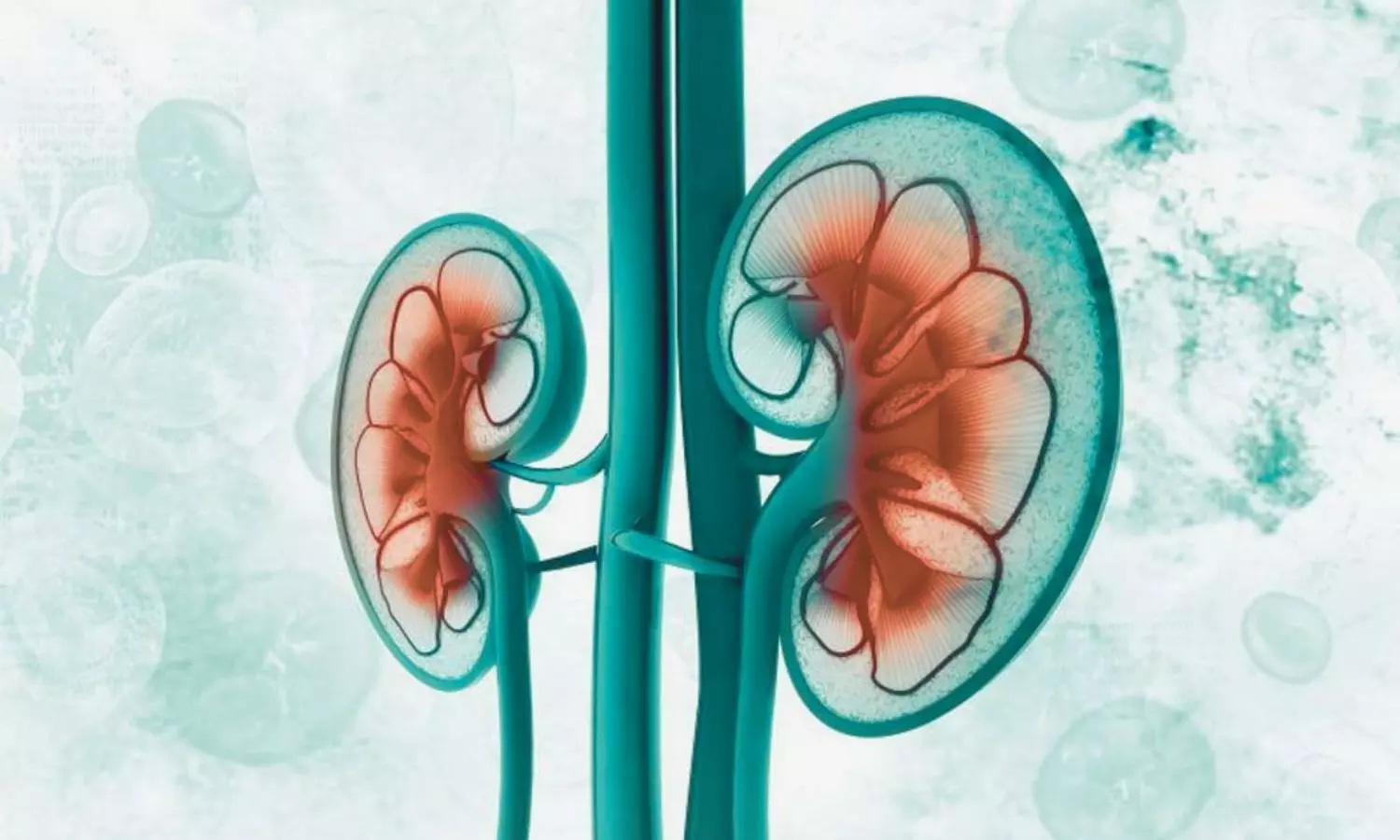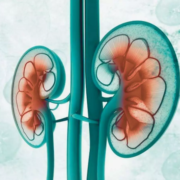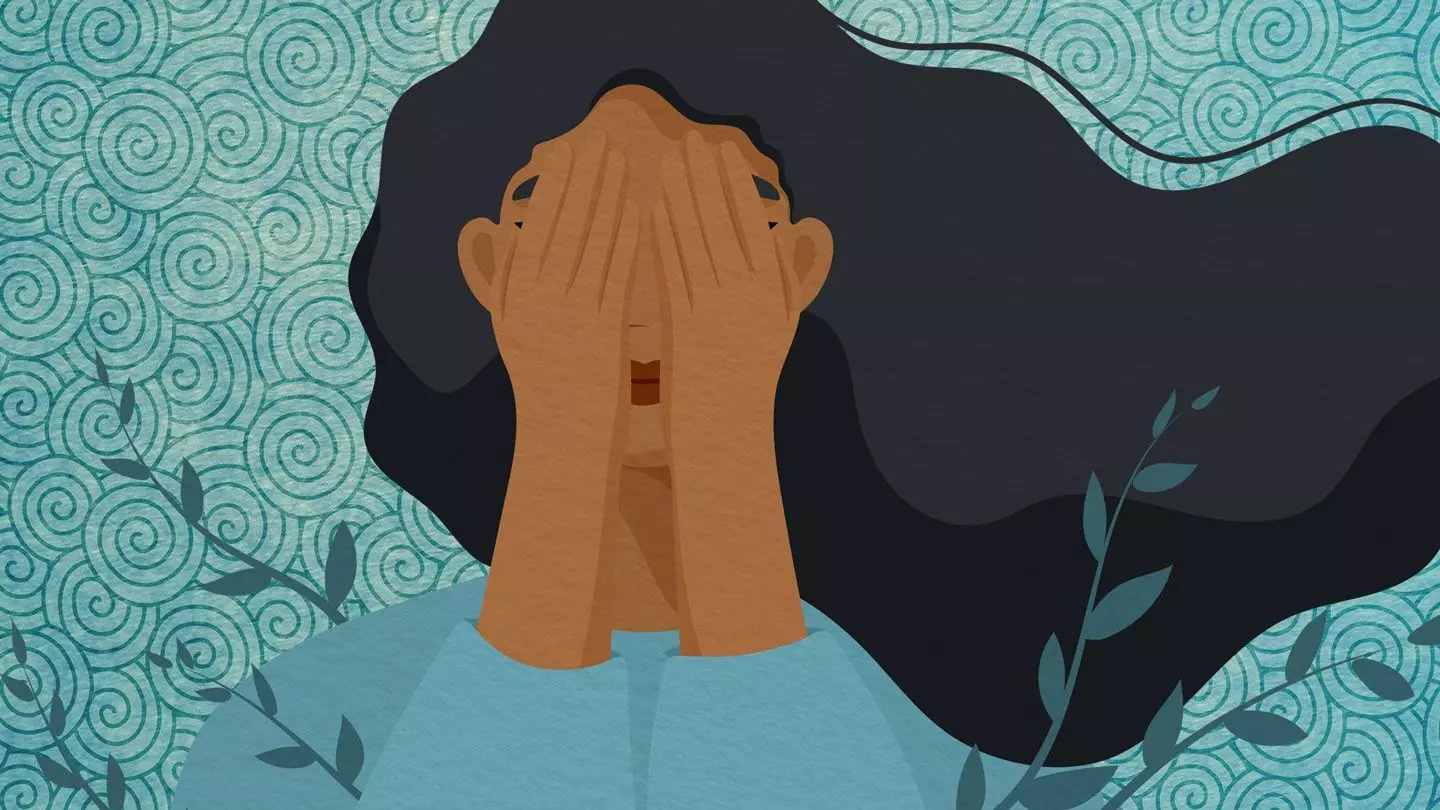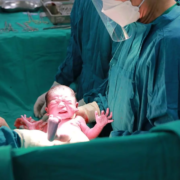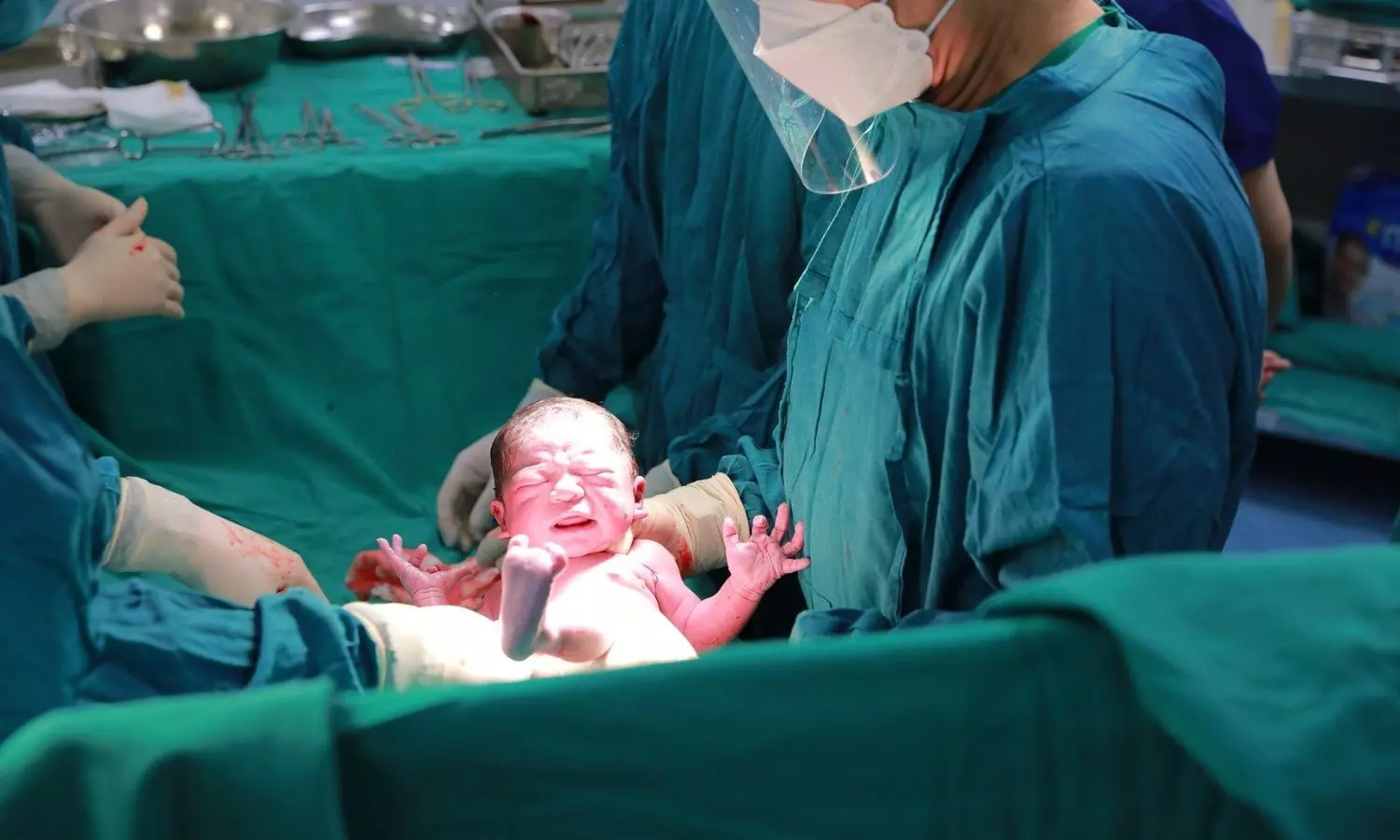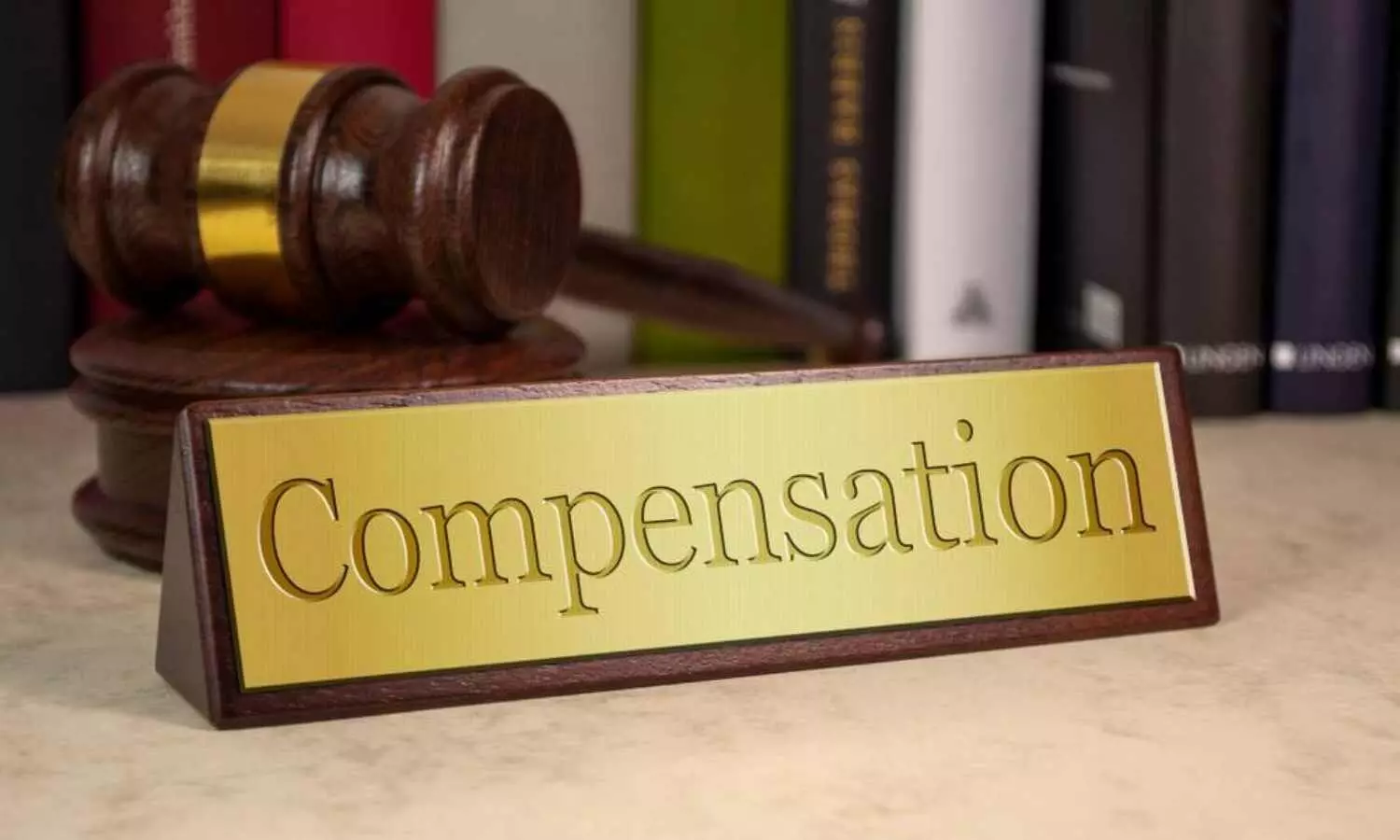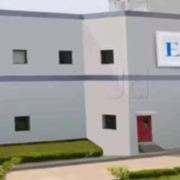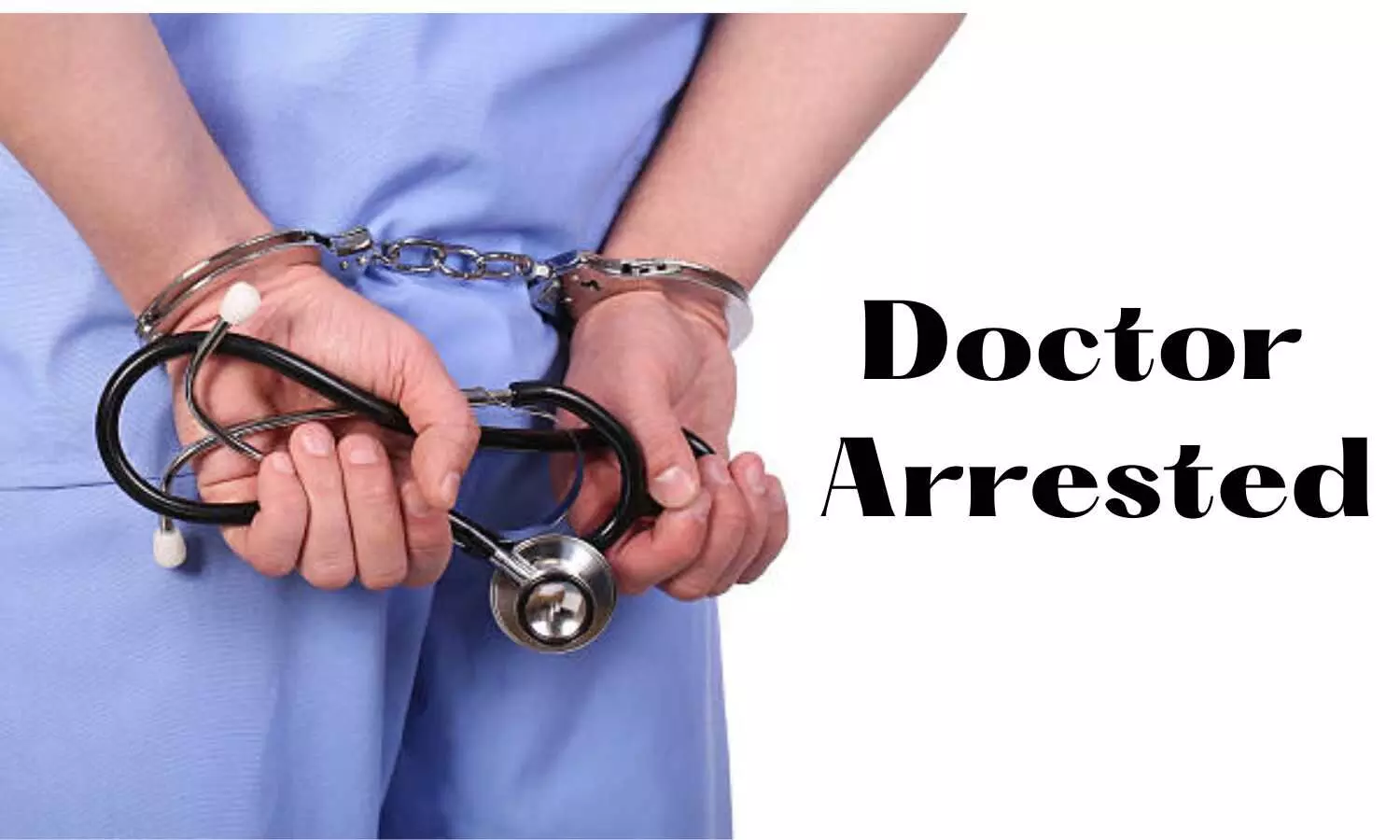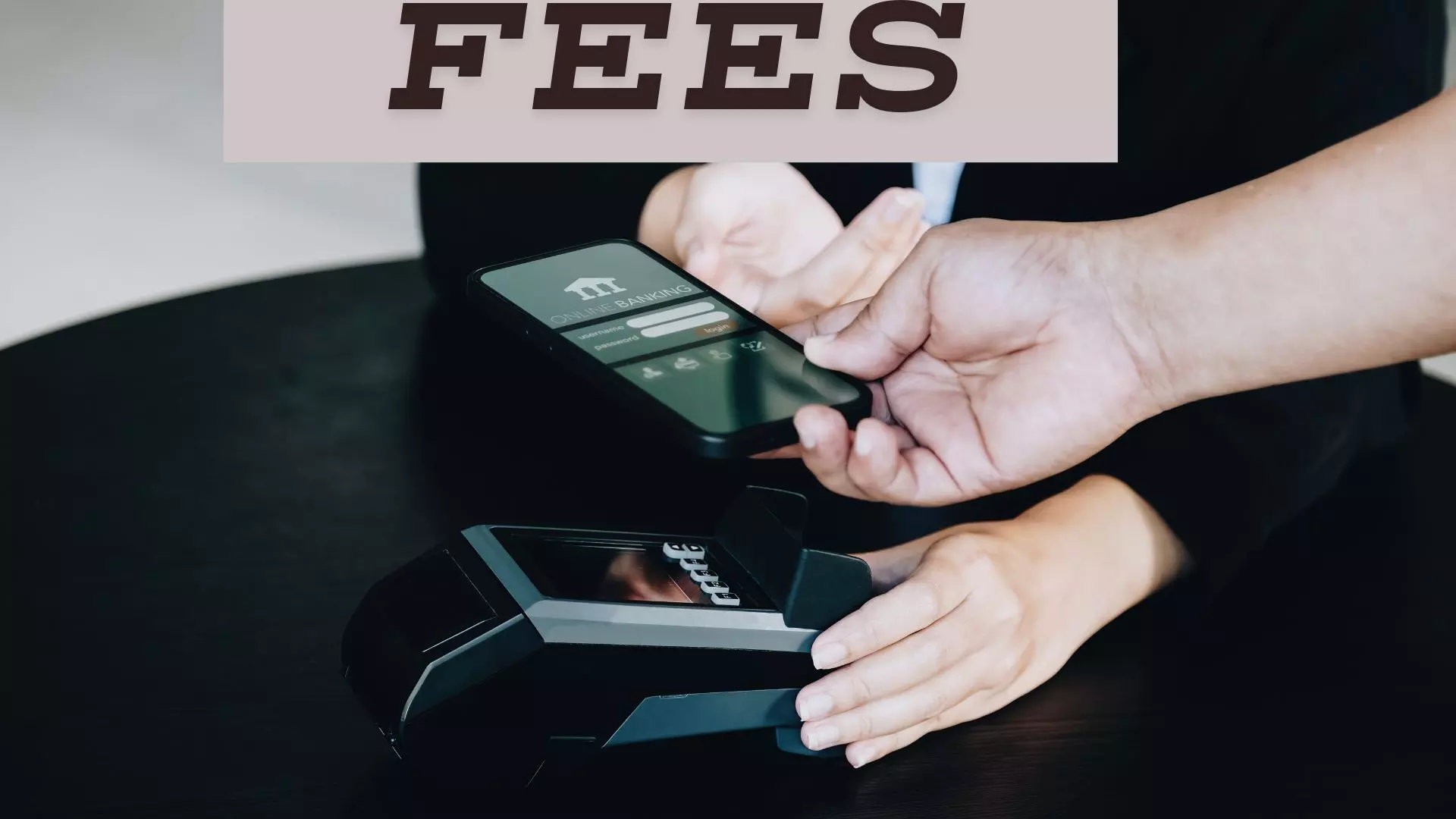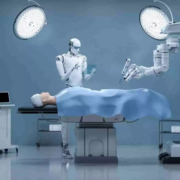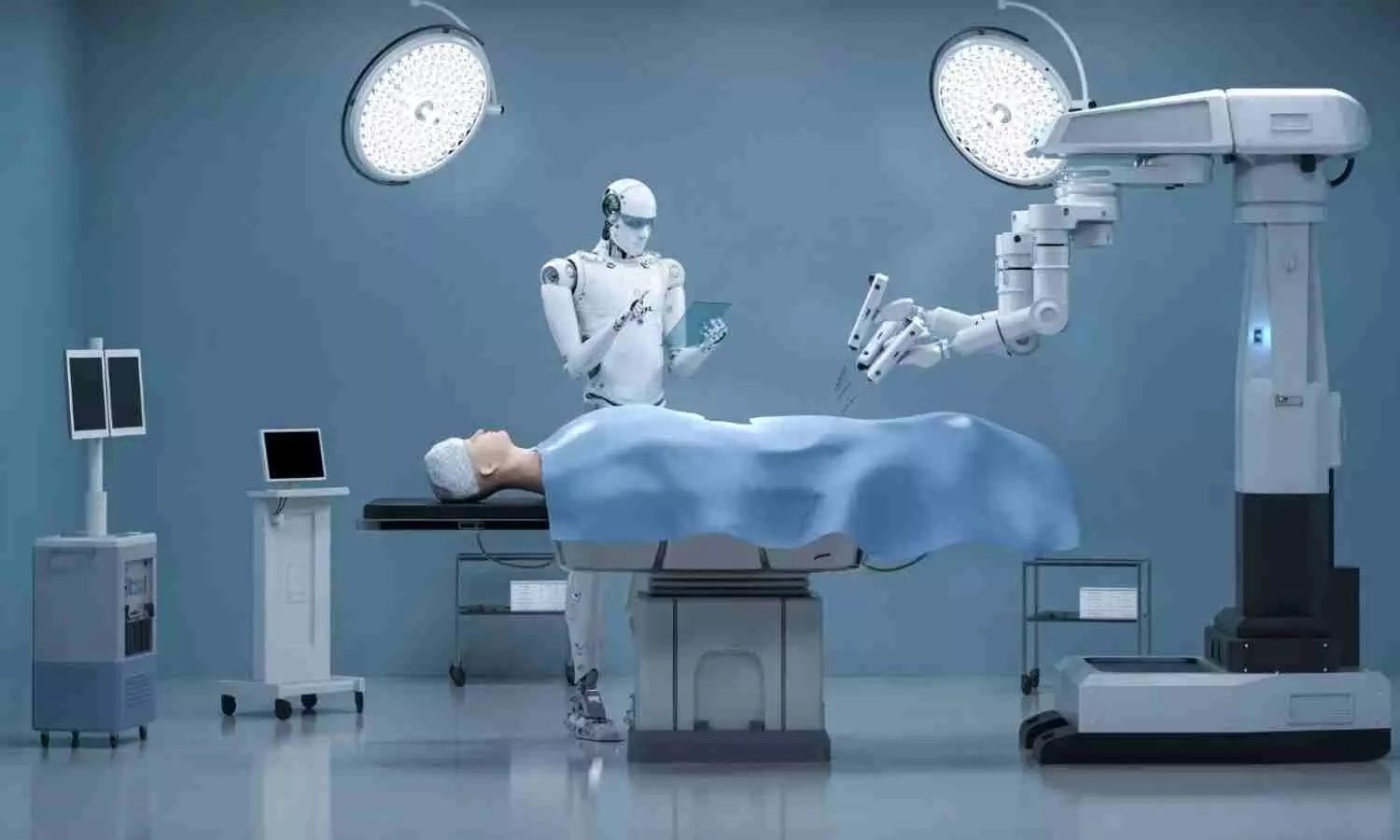
Delhi: The All India Institute of Medical Sciences (AIIMS) Delhi has announced an ambitious plan to set up the largest Research and Skill Development Training Center (RSSTC) in the country, with an estimated investment of ₹900 crores. This initiative aims to enhance medical education, research capabilities, and the overall infrastructure of the prestigious institution.
During the 69th ceremony of AIIMS Delhi, the Union Minister of State for Health and Family Welfare expressed the institution’s pivotal role in shaping the future of healthcare in India. He noted that AIIMS Delhi is a pioneer in medical education and research, underscoring its legacy of excellence that inspires medical institutes globally.
“AIIMS Delhi has achieved remarkable milestones and is determined to achieve its goal of being one of the top-ranked medical institutions in the world,” Jadhav said while speaking on the occasion, news agency PTI reported.
Highlighting that for the seventh consecutive year since the National Institute Ranking Framework (NIRF), AIIMS Delhi has been ranked number one among medical institutions of India, the Union minister said, “This institute’s continuous unchallenged status is a remarkable achievement.” He informed that AIIMS Delhi now serves as the National Resource Centre of the National Medical College Network (NMCN) of the Ministry of Health and Family Welfare. This has enabled linkages with more than 100 medical colleges for enhancing undergraduate, postgraduate and continuing medical education, he said.
He noted that AIIMS Delhi has officially been recognized as the National Resource Centre for the National Medical College network under the Ministry of Health and Family Welfare. This important designation has established linkages with over 100 medical colleges across the country, aiming to enhance undergraduate, postgraduate, and continuing medical education. The initiative seeks to strengthen the educational framework within the healthcare sector, ensuring that medical professionals are equipped with the latest knowledge and skills.
“AIIMS is set to be the biggest robotic surgery skill training centre with two state-of-the-art robotic surgery equipment dedicated for training of surgeons,” Jadhav stated.
A key component of this effort is the creation of the national learning management and information system, SAKSHYAM, which was launched last year. This platform is designed to streamline educational resources and provide comprehensive training support for medical students and practitioners.
AIIMS Delhi has established a Centre of Excellence for the Development of Artificial Intelligence (AI) in Healthcare, created by the Ministry of Health and Family Welfare. This center focuses on AI-based solutions for early detection of diabetic retinopathy and identification of skin lesions, aiming to enhance national health programs and improve patient outcomes.
Jadhav also highlighted that the government plans to allocate ₹900 crore to AIIMS Delhi for a new hostel complex featuring 2,200 rooms. This new facility aims to accommodate the growing number of students and researchers at the institute. Recent additions to the campus include a mother and child block, a surgery block, and a national center for aging, all of which are now fully operational. Over the past two years, the number of inpatient beds has increased by more than 30%, with intensive care and operation theatre services expanding by nearly 40%.
Also Read: AIIMS Darbhanga to be built by NBCC arm, secures Rs 1261 crore contract
The introduction of new facilities at AIIMS Delhi is set to significantly bolster the institution’s ability to meet the increasing demands for medical education and research. AIIMS has been entrusted with the responsibility of operationalizing the Central Armed Police Forces Institute of Medical Sciences at Maidangarhi, further expanding its role in the healthcare sector.
During a recent functional day celebration, the Union Health Minister officially inaugurated an exhibition showcasing innovative research and projects undertaken by various departments at AIIMS. The exhibition highlighted the cutting-edge work being done across the institution, reflecting its commitment to excellence in medical education and patient care.
The Union Health Minister also inaugurated an exhibition showcasing innovative research and projects from various departments at AIIMS, celebrating the achievements of students and staff with awards and recognition for outstanding contributions to the institute.
AIIMS Delhi has introduced several IT initiatives, including the SANTUSHT portal for online grievance registration and feedback, enhancing transparency. Real-time dashboards provide public access to operational metrics, ensuring accountability. The management of IT infrastructure has been digitized for prompt issue resolution, maintaining uninterrupted services. Additionally, a new registration application for the emergency department records patient conditions and streamlines consultations. The Union Health Minister officially launched these initiatives, highlighting AIIMS Delhi’s commitment to improving patient care through technology.
The Union Minister also launched a fire station at AIIMS, staffed with six personnel, marking the first station dedicated exclusively to a medical institute.
According to the Medical Buyer report, Professor M. Srinivas, Director of AIIMS New Delhi, stated that AIIMS has already received NABH certification for some of its blocks and centers, and the process of NABH certification for all centers, including the main hospital, is underway. He highlighted that accreditation for all laboratories is also in progress. Additionally, he noted that AIIMS has been a forerunner in implementing the Ayushman Bharat Digital Mission, overcoming various challenges and serving as a role model for the country by creating more than 7 lakh ABDHA IDs and over 20 lakh can-share tokens.
Also Read: Delhi AIIMS, Intuitive sign MoU to set up Robotic-Assisted Surgery Training Centre
